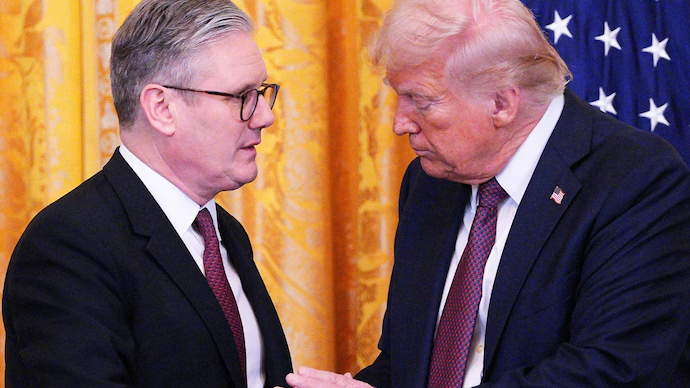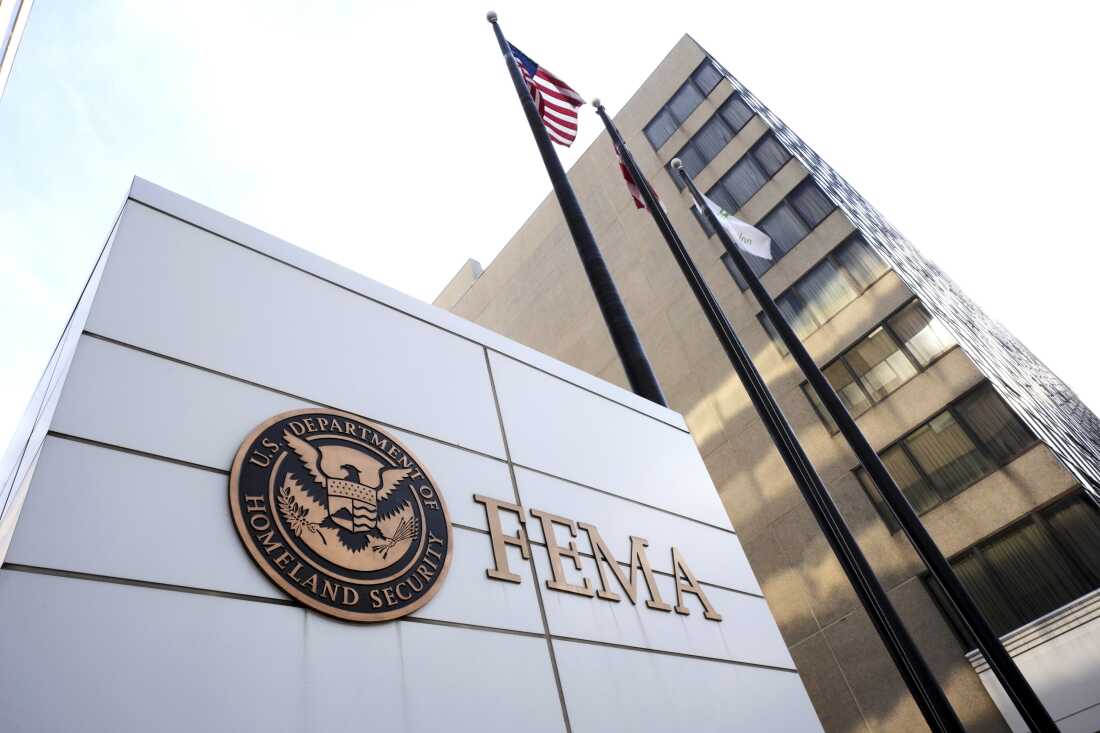The Make America Great Again (MAGA) movement has long been a coalition of different factions, united under Donald Trump’s leadership but often divided on key issues. One of the most significant splits emerging in recent months is between Trump’s traditional foreign policy instincts and the growing “no more wars” faction within his own base. This group, made up of anti-interventionists, libertarians, and populist conservatives, is increasingly at odds with Trump’s recent rhetoric—particularly his hawkish stance on Ukraine, NATO, and potential conflicts with Iran and China.
As the 2024 election heats up, this internal MAGA conflict could reshape Trump’s foreign policy agenda and even influence his chances of reclaiming the White House.
The Rise of the ‘No More Wars’ MAGA Faction
The “no more wars” wing of the MAGA movement is not new, but it has gained significant momentum in recent years. This faction includes figures like Rep. Marjorie Taylor Greene (R-GA), who has criticized U.S. aid to Ukraine, and Sen. J.D. Vance (R-OH), who has warned against escalating tensions with Russia. Influential media personalities such as Tucker Carlson and Steve Bannon have also amplified anti-war messaging, arguing that America should prioritize its own borders and economy over foreign entanglements.
This group’s core belief is simple: The U.S. should avoid unnecessary military interventions, stop funding foreign wars, and focus on domestic issues instead. They see endless wars in the Middle East, the expansion of NATO, and the billions sent to Ukraine as part of a corrupt Washington establishment that Trump once promised to dismantle.
Trump’s Shifting Foreign Policy Stance
During his 2016 campaign, Trump positioned himself as a non-interventionist, criticizing the Iraq War, calling NATO “obsolete,” and promising to avoid “stupid wars.” This resonated with voters tired of decades of costly military engagements.
But in recent months, Trump’s tone has shifted. While he still criticizes President Biden’s handling of Ukraine, he has also taken a more aggressive stance, suggesting that Russia should “do whatever the hell they want” to NATO allies who don’t meet defense spending targets. He has also vowed to “end the war in 24 hours” if re-elected—implying a more forceful U.S. role in the conflict rather than disengagement.
Additionally, Trump has ramped up rhetoric against China, even suggesting military action over Taiwan, and has taken a hardline stance on Iran. These positions have alarmed the “no more wars” faction, who fear a second Trump term could lead to new conflicts rather than the promised era of restraint.
The Growing MAGA Civil War Over Foreign Policy
The tension between Trump and his anti-war base is becoming increasingly public. Some key flashpoints include:
1. Ukraine Aid and NATO Expansion
While Trump has criticized Biden’s handling of Ukraine, he has not called for a complete withdrawal of U.S. support—something the “no more wars” faction demands. Many MAGA-aligned lawmakers, like Rep. Matt Gaetz (R-FL), have pushed to block further aid, arguing that America should not be “Ukraine’s ATM.” Trump’s mixed messaging—sometimes praising Ukrainian resistance, other times suggesting the U.S. should stay out—has left his base confused and frustrated.
2. Iran and Middle East Escalation
Trump’s 2020 assassination of Iranian General Qasem Soleimani was controversial even within his own party. Now, with rising tensions in the Middle East, some MAGA voters fear he could drag the U.S. into another war. The “no more wars” faction wants a return to Trump’s earlier rhetoric of disengagement, not a repeat of neoconservative-style interventions.
3. China and Taiwan
Trump’s tough talk on China has been a hallmark of his presidency, but his recent suggestions that he might use military force to defend Taiwan have raised eyebrows. Many in the MAGA base prefer economic pressure over military brinkmanship, fearing another costly Cold War-style standoff.
Why This Split Matters for 2024
The divide between Trump and the “no more wars” wing could have major implications for the 2024 election:
-
Voter Enthusiasm: If anti-war conservatives feel betrayed, some may stay home or even back a third-party candidate like Robert F. Kennedy Jr., who has attracted libertarian-leaning voters.
-
Primary Challenges: While Trump dominates the GOP field, dissenting voices within the party (like Vivek Ramaswamy, who ran on a non-interventionist platform) could push Trump to adjust his stance.
-
General Election Weakness: Biden’s team is already framing Trump as a danger to global stability. If Trump alienates his anti-war base while also failing to appeal to traditional hawks, he could lose critical swing voters.
Can Trump Unite the MAGA Base on Foreign Policy?
Trump’s strength has always been his ability to read his base and adjust accordingly. If the “no more wars” faction grows louder, he may temper his rhetoric to keep them onboard. However, if he leans further into a hawkish stance—perhaps to appeal to the GOP’s more traditional national security wing—he risks fracturing his coalition.
For now, the battle within MAGA over foreign policy is far from settled. But one thing is clear: The movement that once rallied behind “America First” is now fighting over what that actually means—and Trump is caught in the middle.
Conclusion: A Defining Conflict for MAGA’s Future
The MAGA movement’s identity is at a crossroads. Will it remain a force for non-interventionism, or will Trump’s shifting foreign policy pull it toward a more conventional Republican stance? The answer could determine not just Trump’s political fate, but the future of American foreign policy itself.




